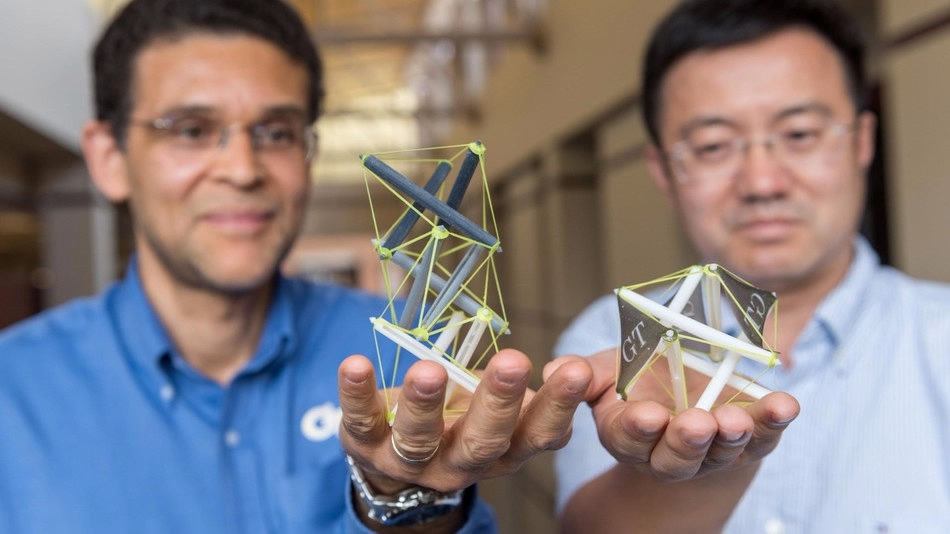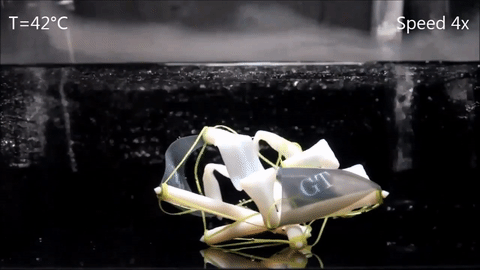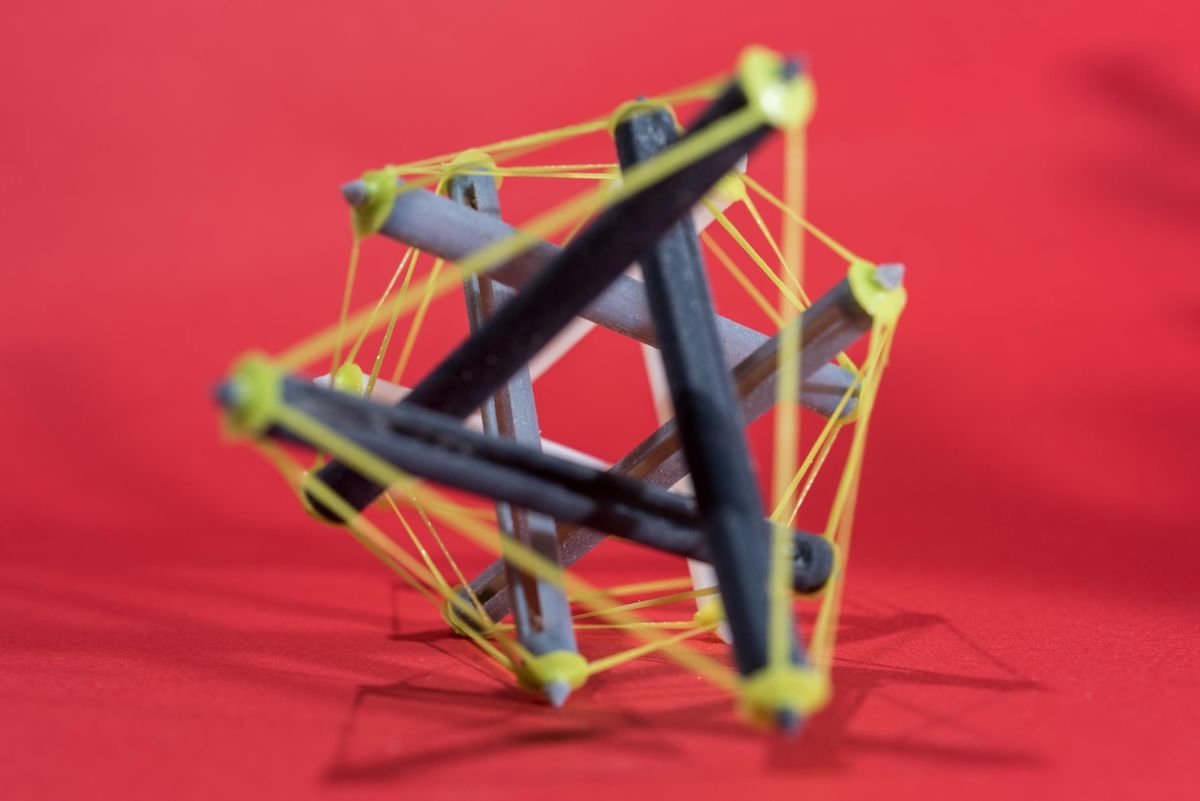
Tech & Sci
12:33, 19-Jun-2017
4D printing to make packing for outer space much easier

Scientists at the Georgia Institute of Technology in the US have invented a new technique that could make packing for outer space, where payloads can cost tens of thousands of dollars per pound, much easier.
The research team used 3D printers to create a small structure that expands when exposed to heat, a method called 4D printing, in which a 3D-printed object changes its shape after being exposed to heat, according to a Georgia Tech press statement.

A 3D-printed structure unfolds itself when exposed to heat. /Georgia Tech gif
A 3D-printed structure unfolds itself when exposed to heat. /Georgia Tech gif
The scientists said the object was constructed using “tensegrity”, or a mashup of tensional integrity - “a structural system of floating rods in compression and cables in continuous tension.”
The rods and cables were made with a 3D printer, using shape memory polymers that unfold when exposed to heat.
"Tensegrity structures are extremely lightweight while also being very strong," Glaucio Paulino, an engineering professor at Georgia Tech and co-author of the study, said in the press release.

The Kurilpa Bridge in Melbourne is one of the largest structures on the Earth to utilize the principle of tensegrity. /VCG Photo
The Kurilpa Bridge in Melbourne is one of the largest structures on the Earth to utilize the principle of tensegrity. /VCG Photo
"That's the reason there's a heavy amount of interest right now in researching the use of tensegrity structures for outer space exploration," Paulino added. "The goal is to find a way to deploy a large object that initially takes up little space."
Space launches are expensive: according to NASA, each pound of payload can cost between 9,000 and 40,000 US dollars. Therefore, innovation is critical to help reduce weight and maximize available space on missions.

The "tensegrity" object. /Georgia Tech Photo
The "tensegrity" object. /Georgia Tech Photo
“We believe that you could build something like an antenna that initially is compressed and takes up little space, but once it's heated, say just from the heat of the sun, would fully expand," said Jerry Qi, another Georgia Tech engineering professor and co-author of the report.
The researching findings have been published in the journal Scientific Reports.
Beyond space exploration, this new technology can also be applied to the fields of shape-changing soft robots and biomedical devices, say the researchers.
11559km

SITEMAP
Copyright © 2018 CGTN. Beijing ICP prepared NO.16065310-3
Copyright © 2018 CGTN. Beijing ICP prepared NO.16065310-3